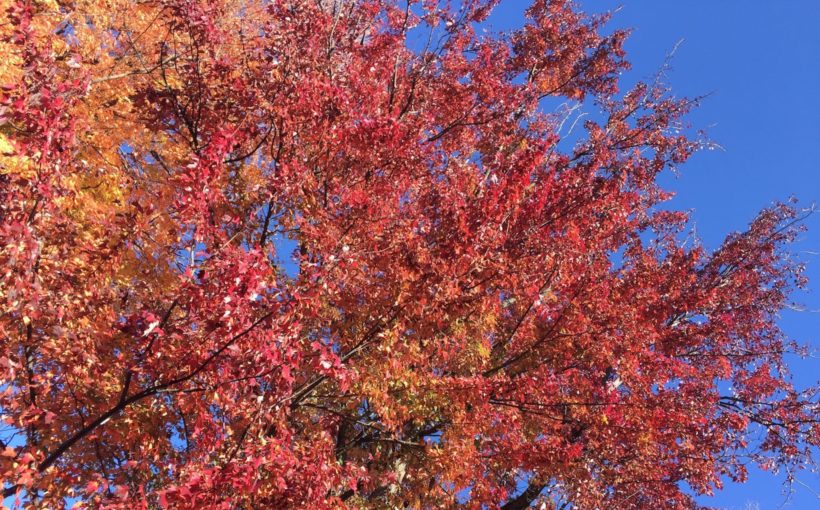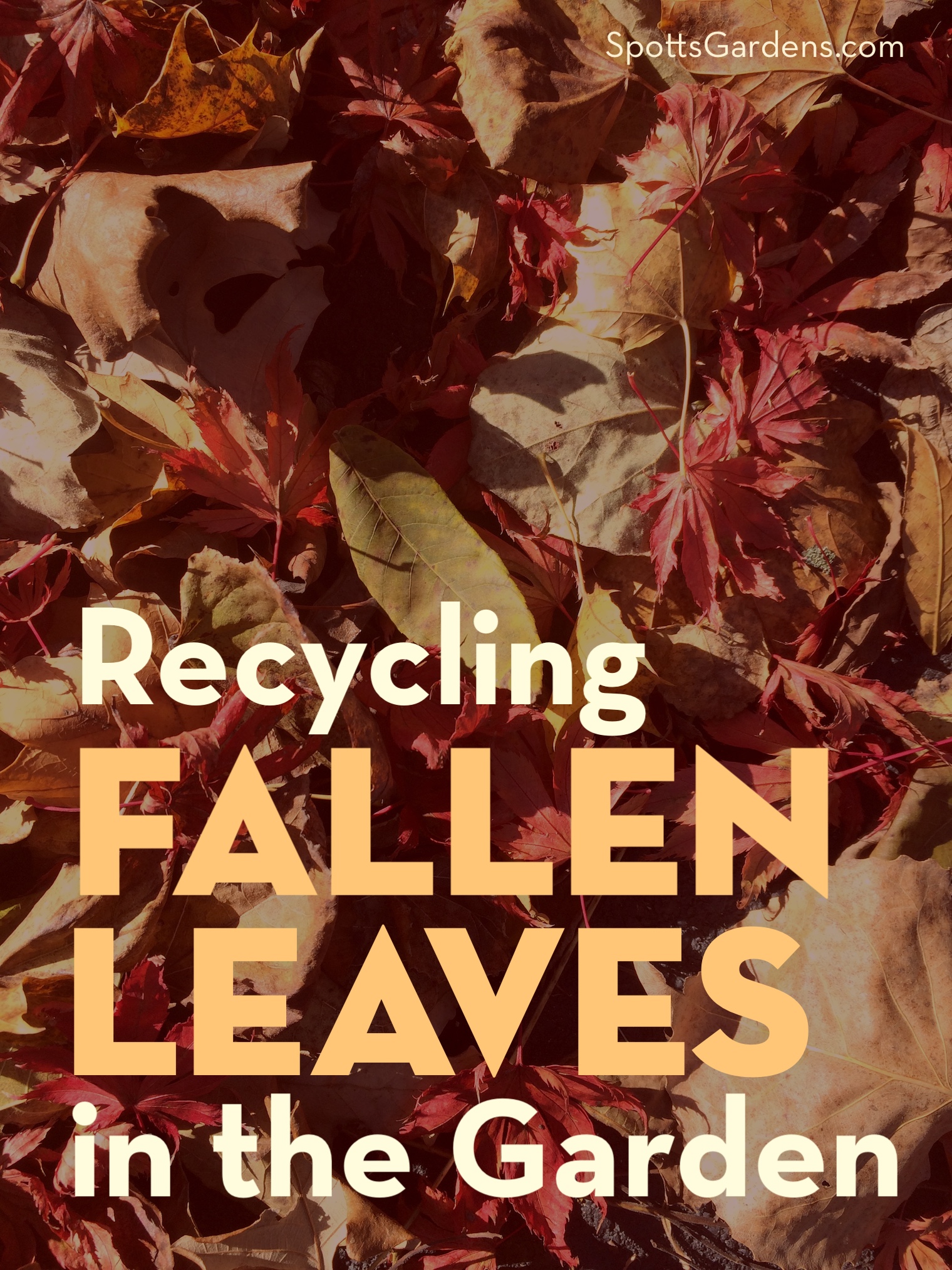In the forest, leaves fall, decompose, and build up to create highly organic soil, just the kind you’d want in your garden. But we see homeowners raking leaves only to bag them for trash pick up. What a waste! Instead, #LeaveTheLeaves to rebuild soil and provide habitat.
For all our recycling tips, avoid leaves from the street or curb. They’re probably contaminated with car oil and fuel. Use the ones from your lawn and garden instead.
Jump!
Gardens are meant for living in, not just looking at. So by all means, pile those leaves up, then get a good running start.
Fertilize the lawn.
While we want to keep them in the garden, a thick layer of leaves can smother turfgrass. You can leave a light layer of leaves whole on the lawn. But if you have a lot, chop them into small pieces to decay on the lawn and return nutrients to the soil. Run over them with a mower; to chop them even finer, take a second pass with the mower in a different direction.
Mulch garden beds for winter.
We don’t have consistent snow cover in central Indiana, so the soil’s freeze-thaw cycle can heave plants out of the ground. A 2″ to 4″ layer of chopped-up fallen leaves laid over frozen ground helps the soil stay cold and prevents heaving.
Or just rake leaves whole into the beds, where they’ll make great habitat for insects! By leaving them whole, you’ll save any eggs and caterpillars already in those leaves.
Make compost.
Good compost starts with equal parts nitrogen (green, wet, sticky) and carbon (brown, crunchy, dry) sources. Keep a pile of chopped-up leaves next to the compost heap to add when you need more carbon. But don’t just put in a thick layer; they’ll mat. Throw a handful in each time you add kitchen scraps.
Create leaf mould.
Leaf mould is basically compost made only out of leaves (it’s broken down by fungus, instead of the bacteria that breaks down compost). Rake all your chopped-up leaves into a pile and let it rot for a year or two. The fine, crumbly result can be worked into your soil next year. It’s particularly terrific for use around fruit trees and shrubs to mimic the soil-building action from the forest floor.
So bag the bagging this year and make those leaves work for you!

